New Scientist covers the latest developments in science and technology that will impact your world. New Scientist employs and commissions the best writers in their fields from all over the world. Our editorial team provide cutting-edge news, award-winning features and reports, written in concise and clear language that puts discoveries and advances in the context of everyday life today and in the future.
Fighting the wrong war • Governments wanting to ban social media but embrace AI are letting teens down
New Scientist
Icy giant is on a losing streak
Brain implants relieve chronic pain • Tiny electrodes that monitor brain activity and provide personalised stimulation halved the discomfort of people living with chronic pain, finds Helen Thomson
Light-based AI can generate images without huge energy consumption
Miniature engine reveals weirdness of microscopic physics
Will Australia’s social media ban work? • Social media platforms will soon have to exclude children under 16 in Australia, but there are doubts over whether this is the right approach, finds James Woodford
The foundations of eczema may start to be laid down in the womb
Glow-in-the-dark plants to replace streetlights? Forget it
Surgery may be best solution for chronic sinus condition
French Revolution’s volcanic origins • Social upheaval across Europe between 1250 and 1860 coincides with extreme weather
Probes could help warn us of solar storms far sooner
We may know why psilocybin helps treat mental health conditions
SpaceX’s Starship finally completes successful test flight
Ancient croc may have dined on dinosaurs
Urine tests can effectively detect high-risk HPV
Unlocking microbes’ survival secrets • Frozen microorganisms alive for over 100,000 years offer clues to achieving extreme lifespans
Long-lost shark recorded for the first time in decades
Heatwaves may make you age faster
Fresh hints about why thylacines went extinct
Only half of calories produced actually reach people’s plates
Astronaut CPR device could help resuscitate in space
Broken gadget? Simply dissolve it • 3D-printed devices that break up in water could make electronics more sustainable
Dinosaur’s bizarre spikes were fused to its skeleton
Looking ahead • Societies can be united and inspired by ideas of the future. We urgently need more of them, argues futurist Sarah Housley
Field notes from space-time • What’s in a hyphen? Seeking endorsements for her new book, Chanda Prescod-Weinstein recently found herself staring at fundamental questions of space, time and grammar
Feather focus
Heart to heart • Can psychoanalysis help us remove obstacles to lasting love? A captivating memoir reflects on 40 years of talking about relationships, finds David Robson
How not to fix the internet • Nick Clegg’s new book offers no insights into the online world he helped shape as a Meta executive, says Chris Stokel-Walker
New Scientist recommends
The sci-fi column • Electric dreams With a TV adaptation of William Gibson’s Neuromancer arriving soon, it is a perfect time to revisit this prophetic cyberpunk novel. But have its imagery and conceptual verve stood the test of time, asks Emily H. Wilson
Your letters
Between order and chaos • A radical theory says the cognitive power of the human brain can be explained by its proximity to disorder. David Robson reports
Death cap domination • The world’s deadliest mushroom is spreading around the globe and concocting new poisons, finds Joni Wildman
Living electronics • A whole new class of implants that blend with our tissues promises to repair and even enhance our bodies – and last for far...

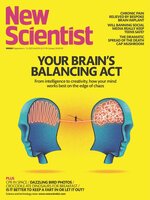 Sep 06 2025
Sep 06 2025
 Aug 30 2025
Aug 30 2025
 Aug 23 2025
Aug 23 2025
 Aug 16 2025
Aug 16 2025
 Aug 09 2025
Aug 09 2025
 Aug 02 2025
Aug 02 2025
 Jul 26 2025
Jul 26 2025
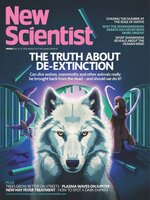 Jul 19 2025
Jul 19 2025
 Jul 12 2025
Jul 12 2025
 Jul 05 2025
Jul 05 2025
 Jun 28 2025
Jun 28 2025
 Jun 21 2025
Jun 21 2025
 Jun 14 2025
Jun 14 2025
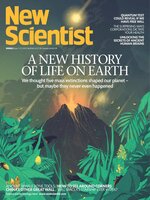 Jun 07 2025
Jun 07 2025
 May 31 2025
May 31 2025
 May 24 2025
May 24 2025
 May 17 2025
May 17 2025
 May 10 2025
May 10 2025
 May 03 2025
May 03 2025
 Apr 26 2025
Apr 26 2025
 Apr 19 2025
Apr 19 2025
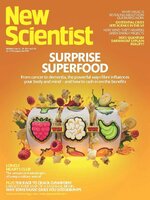 Apr 12 2025
Apr 12 2025
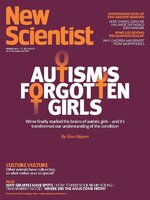 Apr 05 2025
Apr 05 2025
 Mar 29 2025
Mar 29 2025